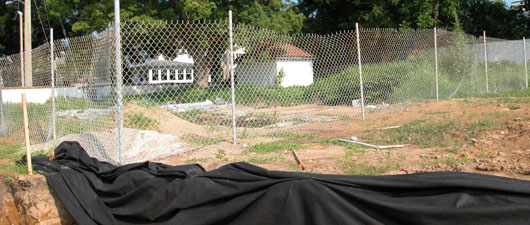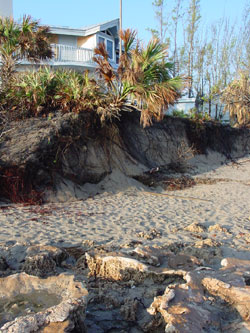What is the role of the State Archaeologist and Division of Historical Resources?

In Florida, the office of the State Archaeologist is within the Division of Historical Resources. Because the State Archaeologist has certain narrow responsibilities under Section 872.05, Florida Statutes, concerning unmarked human remains, the office receives many calls about problems concerning cemeteries and graves, even though it has no jurisdiction or responsibility. If you are concerned about possible disturbance or about protection or access to a cemetery, the State Archaeologist will not be able to help. Instead, you should review this web page to see what laws apply to your situation, then call local law enforcement, or work with local officials and property owners as appropriate.
The duties of the State Archaeologist assigned in Section 872.05, Florida Statutes, are about unmarked human remains only. Unmarked human remains are often American Indian burials from the time before European contact, more than 500 years ago. Such burials are usually in burial mounds, temple mounds, or prehistoric shell middens. Because there are no monuments or stones to mark such graves, and because they are usually in or associated with archaeological sites, the law assigns specific responsibilities to the State Archaeologist when unmarked human remains are encountered. Unmarked human burials may also include remains of people other than American Indians who have been buried more than 75 years. Human remains buried less than 75 years are under the jurisdiction of the medical examiner, not the State Archaeologist.
 In contrast, marked human remains are those graves and cemeteries that now have or once had memorials such as monuments, headstones, vaults, crypts, and other types of grave markers. The State Archaeologist has no legal or administrative role concerning marked cemeteries or graves. If you believe graves are being disturbed in a marked cemetery, or if you have a concern about access to a cemetery, contact local law enforcement.
In contrast, marked human remains are those graves and cemeteries that now have or once had memorials such as monuments, headstones, vaults, crypts, and other types of grave markers. The State Archaeologist has no legal or administrative role concerning marked cemeteries or graves. If you believe graves are being disturbed in a marked cemetery, or if you have a concern about access to a cemetery, contact local law enforcement.
The Division of Historical Resources manages a wide range of preservation programs that may be useful during an organized effort to preserve a historic cemetery. Start with the Florida Master Site File to see what information already exists, and whether a new site form or an update would be appropriate. Most cemetery preservation success stories depend on hard work by local citizens who may organize a non-profit organization or otherwise band together to plan and carry out effective preservation activities. Division of Historical Resources programs that may be helpful at some point in this process include historic landmark designation, National Register of Historic Places nomination, and possibly some grant assistance.
If you believe that unmarked human remains are being disturbed or have been discovered, the law requires you to notify local law enforcement. If there are human remains, the law enforcement agency will notify the medical examiner. If it is determined by the medical examiner or the law enforcement officer that the remains are unmarked, they will contact the State Archaeologist, and the procedures outlined in Section 872.05, Florida Statutes, will be followed.

